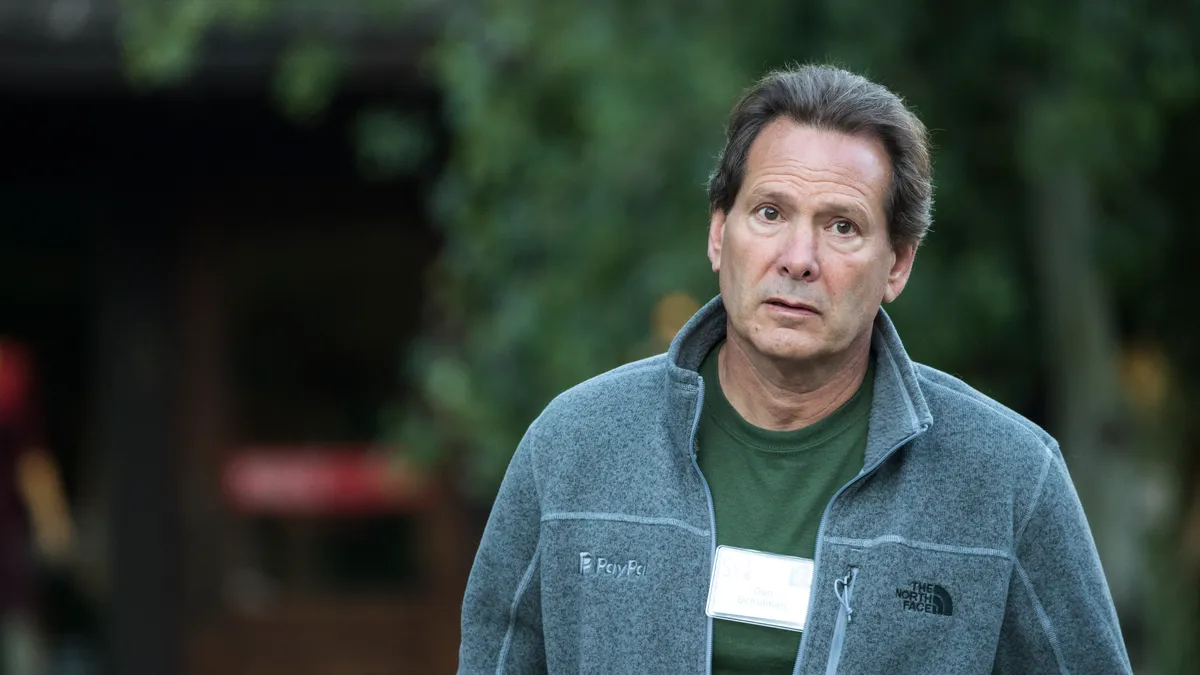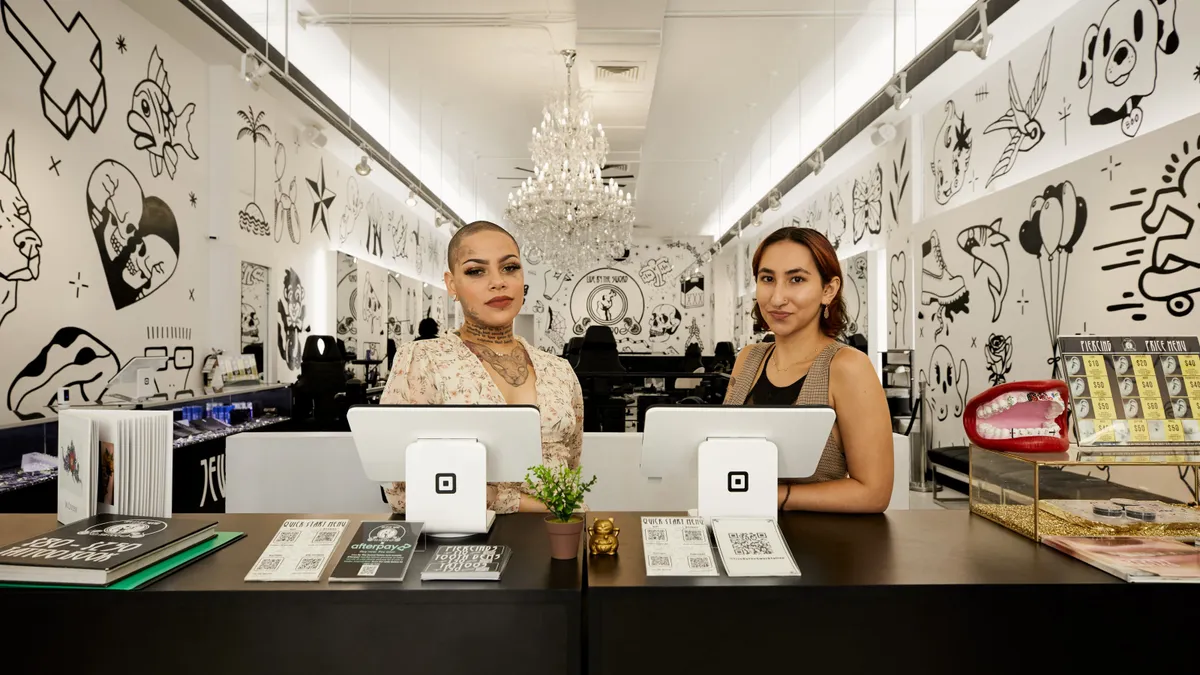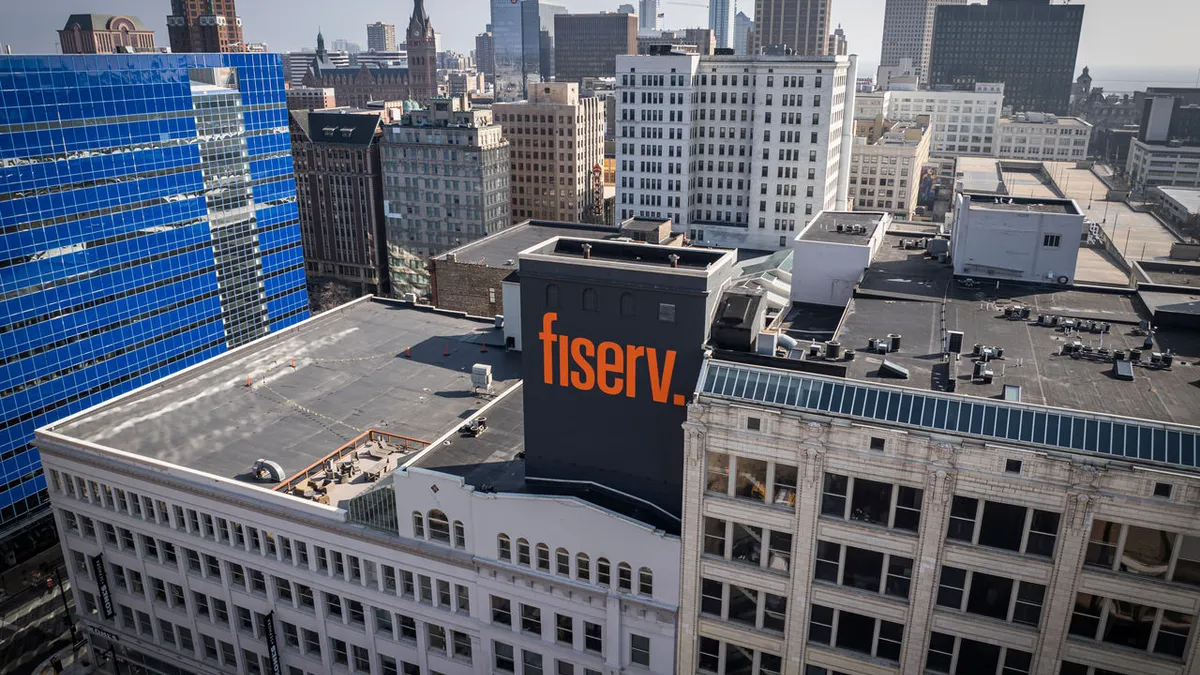Digital payments pioneer PayPal is close to deciding on a successor to CEO Dan Schulman, who said in February that he would retire by the end of this year.
In a conference call to discuss the company’s second-quarter results Wednesday, Schulman told analysts that PayPal has narrowed the list of candidates for the post.
“We are in the very final stages of the process with several outstanding candidates, all of whom are highly qualified and excited to lead PayPal as we go into our next chapter of growth,” Schulman said on the call with analysts, reiterating that his next stop is as a director on the company’s board.
The San Jose, California-based company has come under pressure from investors to name a successor to Schulman sooner rather than later. That leadership transition follows a tumultuous few years for the legacy payments player after it missed goals for expanding customer accounts and lost two chief financial officers.
In addition, the activist investor Elliott Investment Management made a $2 billion investment in PayPal last year and began pressing it for improved returns. Since then, PayPal has cut employees and costs worldwide in an effort to develop a more lucrative business.
Second-quarter operating margin disappoints
PayPal’s second-quarter results showed an improvement, with the company posting net income of $1.3 billion, compared to a loss of $341 million for the period last year, according to a press release on Wednesday. Revenue for the quarter rose 7% to nearly $7.3 billion over the year-earlier period.
The company’s strategic priorities remain its branded checkout business, its software services for merchants and its digital wallet development for consumers, Schulman said. He contends that PayPal will soon sell more higher-margin services, such as in-store merchant offerings.
The number of active consumer and merchant accounts was about a half percent higher as of June 30, about 431 million, than at the end of the year earlier. At the same time, usage by those account holders during the second quarter climbed to its highest rate — 54.7 payment transactions per active account during the prior 12-month period — in the past two years.
Still, the company’s second-quarter operating margin expansion of 21.4% fell short of its 22% expectations, largely because of a decline in revenue from its loan portfolio and increased provisions for losses, Acting Chief Financial Officer Gabrielle Rabinovitch said on the call. Specifically, she pointed to business loans as a weakness.
Credit portfolio weakness
“Like the broader industry, we’re seeing a normalization of our credit portfolio to pre-COVID delinquency levels,” Rabinovitch said. “We have seen some deterioration in our business loans portfolio,” she added.
That portfolio represents less than 15% of PayPal’s overall net credit receivables, Rabinovitch said. The company is trying to address the shortcomings in that portfolio by tightening standards for extending those loans.
The company’s biggest growth is coming from its buy now, pay later loans, though in June PayPal said it would sell its European BNPL loans to private equity giant KKR and that firm is now originating a majority of those loans. PayPal absorbed a $1.2 billion negative impact from those European loans in the second quarter, according to its release.
The net asset value of its loans and interest receivables slid 25% to $5.55 billion as of the end of the second quarter, down from $7.43 billion at the end of last year, according to the earnings report.
Unbranded versus branded business
Analyst questions persisted about the faster growth of PayPal’s unbranded business, driven by its Braintree unit, than its namesake PayPal checkout business. The faster growth of the unbranded business is a non-starter for analysts because it’s a lower-margin business, “thus pressuring margins,” noted RBC Capital Markets analyst Daniel Perlin in a note to clients Wednesday.
Schulman said the branded business picked up steam last month, growing at a higher rate, about 8%, and said he expected it would strengthen in the second half of the year.
“We believe investor focus will remain on gross profit growth dynamics, given the mismatch b/w revenue and gross profit growth,” Wolfe Research analyst Darrin Peller said in a note to his clients Wednesday. “While we see potential for this gap to narrow over time given strategic initiatives, we continue to see it more likely being a 2024 event.”
Correction: This story has been updated to accurately reflect the second-quarter payment transactions per active account during a prior 12-month period.



















